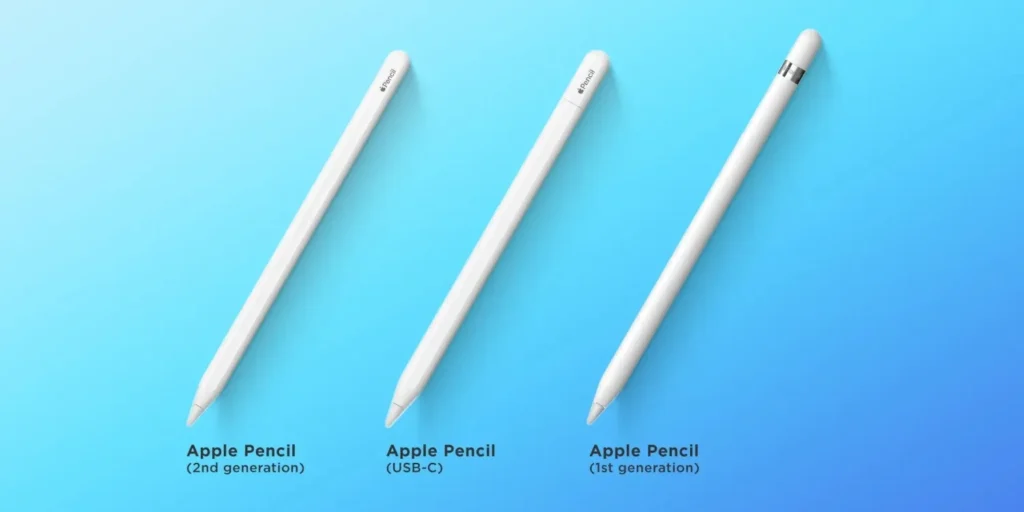Stylus Pen : Revolutionizing Digital Interaction
In an era dominated by touchscreens and digital devices, the stylus pen has emerged as a versatile and indispensable tool for both creative professionals and everyday users. From drawing and note-taking to navigating complex applications, the stylus pen enhances precision and functionality across a myriad of tasks. This blog delves into the history, technology, and various applications of the stylus pen, highlighting why it has become an essential accessory in our digital world.

A Brief History of the Stylus Pen
The concept of the stylus dates back to ancient times when early humans used primitive tools to inscribe symbols on clay tablets. Fast forward to the modern era, the first electronic stylus was introduced in the 1950s for use with early computer systems. However, it wasn’t until the late 20th and early 21st centuries that the stylus pen began to gain widespread popularity with the advent of personal digital assistants (PDAs) and touch-sensitive screens on devices like the PalmPilot.
How the Stylus Pen Works
At its core, a stylus pen is a pen-shaped instrument designed to interact with touchscreen devices. The technology behind stylus pens varies, but the most common types include:
1: Capacitive Stylus: This type of stylus mimics the touch of a human finger, using conductive materials to interact with the capacitive screens found on most smartphones and tablets. It's simple and requires no power source.
2: Active Stylus: Also known as a digital pen, the active stylus incorporates electronic components to communicate with the device. It often includes features like pressure sensitivity, palm rejection, and customizable buttons. This type of stylus is powered by a battery or an internal power source.
3: Electromagnetic Resonance (EMR) Stylus: Used by devices like Wacom tablets, EMR styluses do not require batteries. They work through electromagnetic signals generated by a grid of wires embedded in the tablet, providing highly accurate and responsive input.
Key Features and Benefits
Precision and Control
Stylus pens offer unparalleled precision compared to finger input. This makes them ideal for tasks that require accuracy, such as drawing, graphic design, and detailed note-taking. Pressure sensitivity in active styluses allows for varying line thickness and opacity, closely mimicking traditional drawing tools.
Natural Writing Experience
Advanced stylus pens provide a natural and intuitive writing experience, making digital note-taking feel similar to writing on paper. Features like palm rejection and tilt sensitivity enhance this experience by allowing users to rest their hands on the screen and achieve different stroke effects.
Enhanced Productivity
For professionals, a stylus pen can significantly boost productivity. Architects, designers, and engineers can create detailed sketches and annotations directly on their devices. Students and business professionals can use stylus pens for taking notes, marking up documents, and navigating presentations with ease.
Versatility Across Applications
Stylus pens are versatile tools compatible with a wide range of applications. From art and design software like Adobe Illustrator and Procreate to productivity tools like Microsoft OneNote and Evernote, stylus pens seamlessly integrate into various workflows, enhancing the user experience.
Popular Stylus Pens in the Market
Several stylus pens have garnered acclaim for their performance and features
2. Samsung S Pen: Compatible with Samsung Galaxy Note series and select tablets, the S Pen is known for its fine tip and pressure sensitivity. It also includes Bluetooth functionality, enabling remote control of device functions.

3. Microsoft Surface Pen: Designed for the Microsoft Surface lineup, the Surface Pen provides a natural writing and drawing experience with tilt support and high-pressure sensitivity. It also includes an eraser function for quick corrections.

4. Wacom Bamboo Ink: This stylus is compatible with Windows Ink and other touchscreen devices. It offers a balanced design, customizable buttons, and excellent pressure sensitivity, making it a versatile choice for various users.

The stylus pen has come a long way from its ancient origins, evolving into a sophisticated tool that enhances our interaction with digital devices. Whether you’re an artist seeking precision, a student taking notes, or a professional aiming to boost productivity, the stylus pen offers a range of features that cater to diverse needs. As technology continues to advance, the stylus pen is set to play an even more integral role in our digital lives, bridging the gap between traditional and digital mediums.
As we stand on the cusp of a digital revolution, the stylus pen emerges not just as a tool, but as a bridge between our analog past and our digital future. Imagine the fluid strokes of a painter’s brush, the meticulous lines of an architect’s draft, or the hurried scrawl of a student’s notes—all brought to life with the precision and versatility of the stylus pen. It’s as if our fingertips have been granted the magic to interact with pixels and screens, turning thoughts into tangible digital art and ideas into actionable tasks.
In a world where technology often feels impersonal, the stylus pen reintroduces a touch of humanity, allowing us to create, design, and communicate with the natural ease of pen on paper. It’s a testament to how far we’ve come and a glimpse into the boundless possibilities ahead. Whether sketching a masterpiece, jotting down a groundbreaking idea, or navigating the complexities of digital interfaces, the stylus pen stands as a symbol of innovation, seamlessly merging the tactile with the digital. So, as you wield your stylus, remember—you’re not just drawing lines or tapping screens; you’re shaping the future, one stroke at a time. Disclaimer
